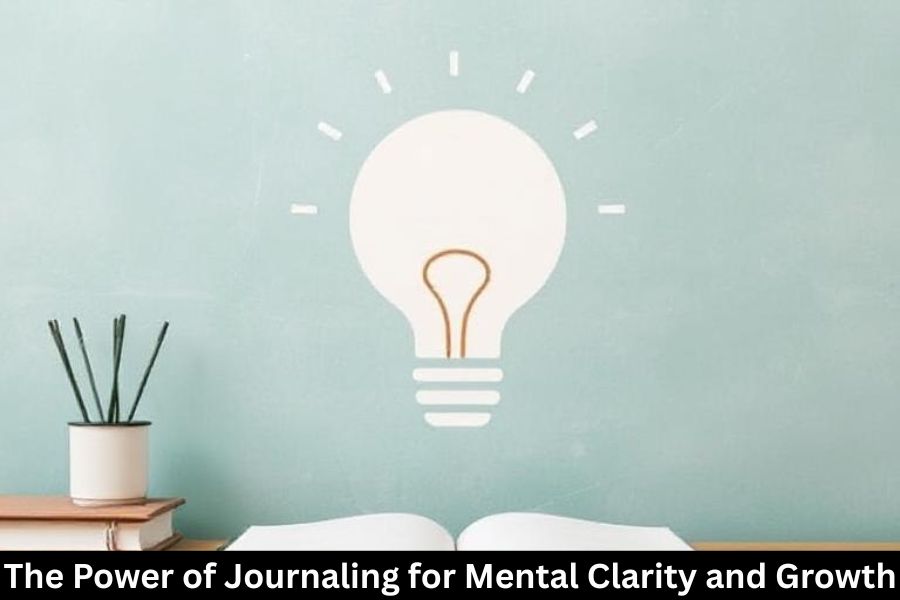Everyone wants a better life—more peace, more success, more confidence, more fulfillment. But wanting isn’t enough. Goals bridge the gap between where you are now and where you want to be. Without them, life feels like you’re walking without a map.
The Difference Between Intentional and Traditional Goals
Traditional goals sound good, but intentional goals feel right. They’re rooted in meaning, purpose, and emotion. Intentional goals aren’t about checking boxes—they’re about building a life you actually want to live.
Understanding the Foundation of Intentional Goals
What “Intentional” Really Means
Being intentional means acting with purpose instead of reacting to life. It’s choosing your direction instead of letting circumstances choose for you.
Aligning Goals With Your Core Values
Values are your inner compass. When your goals match your values, discipline becomes easier, motivation lasts longer, and success feels more fulfilling.
How Intentional Goals Shape Your Life Direction
Every intentional goal is a stepping stone toward your future self. They steer your decisions, influence your habits, and ultimately shape your identity.
The Psychology Behind Achieving Goals
The Brain’s Reward System
Your brain loves dopamine—the “feel good” chemical released when you make progress. That’s why breaking goals into small steps works so well. Each win triggers motivation for the next.
Why Most People Fail Their Goals
Most goals fail because they’re vague, unrealistic, or not emotionally meaningful. If you don’t know why a goal matters, you won’t do the work.
The Importance of Clarity and Focus
A clear goal is like a clear destination. Without clarity, you wander. With clarity, you move intentionally and confidently.
The Step-by-Step Process to Setting Intentional Goals
Step 1 — Reflect on What Truly Matters
Before writing any goal, sit with yourself. Ask:
- What makes me feel alive?
- What drains me?
- Who do I want to become?
Step 2 — Identify Your “Why”
Your “why” is the emotional anchor behind your goals. Without it, even simple tasks feel heavy.
Step 3 — Use the SMARTER Framework
SMARTER stands for:
- Specific
- Measurable
- Achievable
- Relevant
- Time-bound
- Evaluated
- Readjusted
This framework keeps goals flexible, not rigid.
Step 4 — Break Goals Into Micro-Steps
Micro-steps remove overwhelm. Want to write a book? Start with a paragraph. Want to get fit? Start with a five-minute walk.
Step 5 — Build a Flexible Plan
A plan keeps you grounded, but flexibility keeps you moving. Life changes—your plan should too.
Step 6 — Create Accountability Structures
Accountability can come from:
- A friend
- A coach
- A journal
- A habit tracker
When someone or something is watching, you stay consistent.
Tools and Methods to Stay on Track
Habit Tracking Systems
Habit trackers provide visual proof of your progress. Seeing your streak motivates you to keep going.
Journaling for Clarity and Progress
Journaling helps you reflect, track improvement, and adjust your goals when needed.
Using Vision Boards
Vision boards turn your goals into visual reminders. They keep your dreams in sight—literally.
Digital Tools for Productivity
Apps like Notion, Trello, or Google Keep can help break goals into manageable tasks and routines.
Overcoming Challenges and Setbacks
How to Stay Motivated Through Difficult Phases
Motivation isn’t constant. Discipline fills the gaps. When motivation dips, revisit your “why.”
Reframing Failure as Feedback
Failure isn’t the end—it’s information. Reroute, don’t quit.
Dealing With Procrastination
Procrastination usually comes from fear or overwhelm. Break tasks smaller, and make tiny progress.
When to Pivot or Adjust Your Goals
If a goal no longer fits your life or values, pivot. Growth means outgrowing goals too.
Maintaining Consistency for Long-Term Success
Building Routines That Support Your Goals
Routines make goal achievement automatic. When habits support your goals, success becomes your default setting.
Celebrating Small Wins
Small wins keep your brain engaged and encouraged. Celebrate them—they matter.
Creating an Environment for Success
Your environment influences your habits. Create a space that fuels productivity, not distraction.
Examples of Intentional Goals
Personal Growth Goals
- Read one book a month
- Meditate daily
- Learn a new skill
Health and Wellness Goals
- Exercise three times a week
- Improve sleep quality
- Eat more whole foods
Career and Finance Goals
- Build a side income
- Save a fixed percentage of earnings
- Improve professional skills
Relationship and Lifestyle Goals
- Spend meaningful time with loved ones
- Reduce screen time
- Create a more balanced work-life routine
How to Start Creating Your Intentional Goals Today
Quick Reflection Exercise
Write down:
- Three things you love
- Three things you want to change
- Three things you want to experience
These answers reveal your true direction.
Beginner-Friendly Prompts
- “In five years, I want to be someone who…”
- “What habits would my future self thank me for?”
- “What is one goal I can start today?”
Conclusion
Setting intentional goals isn’t about perfection—it’s about purpose. When you align your goals with your values, break them into manageable steps, and stay flexible along the way, achieving them becomes not only possible but enjoyable. Intentional goals create intentional lives, and yours can start today with one clear decision.
FAQs
1. What makes a goal intentional rather than just traditional?
Intentional goals align with your values and purpose, not just external expectations.
2. How many intentional goals should I set at once?
Start with 2–3 meaningful goals to avoid overwhelm.
3. What if I lose motivation along the way?
Reconnect with your “why” and adjust your micro-steps.
4. How often should I review my goals?
Weekly check-ins are ideal for maintaining progress and clarity.
5. Can intentional goal-setting improve my mental health?
Yes—clarity, direction, and accomplishment significantly boost well-being.




